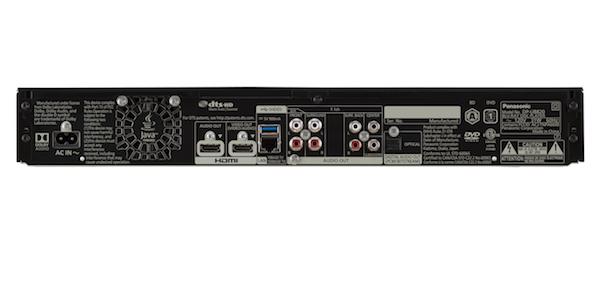i didn't know what 4k passthrough means on the a/v receiver until i read this page. cool, good to know.
So, its better to use one hdmi cable to connect the 4k blu-ray player to the a/v receiver since its equally optimal as using the 2nd hdmi audio out from the 4k blu ray player to the a/v receiver. Beside its simpler and we get to save one hdmi cable too. i see. cool and nice to know.
































































